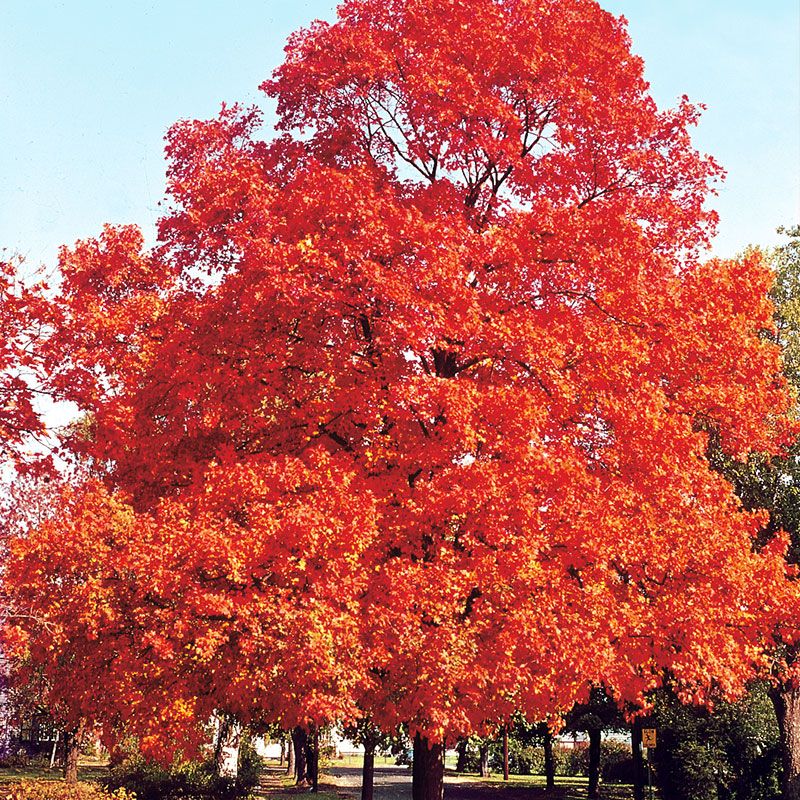

Dark green leaves often produce respectable shades of yellow, orange and red in fall. The smooth, gray trunk and larger branches of a mature tree exhibit a distinctive muscle-like fluting that has given rise to another common name of musclewood for this tree. Excellent for wet areas in the landscape but will tolerate dry areas.Īn attractively shaped, low-maintenance understory tree for shady sites, this Missouri native is a slow-growing, small to medium-sized (20-35' tall) understory tree with an attractive globular form. Salmon-pink to reddish brown bark exfoliates to reveal lighter inner bark. This Missouri native is vigorous, fast-growing, and can be trained as either a single trunk or multi-trunked tree.

If birds and other wildlife don't get them first, the berries can be used in jams, jellies and pies. Edible berries mature to a dark purplish-black in early summer, resembling blueberries in size and color.

This early-flowering, large shrub or small tree (typically 15-30' tall) features showy, slightly fragrant white flowers which appear before the leaves emerge in early spring. Its sap may be tapped for syrup that is equal in quality to that obtained from sugar maple. It is a large, deciduous tree that typically grows 60-75" tall. Fall color is beautiful shades of yellow, orange and red. Appropriate as an understory tree in a woodland garden or as a specimen in many locations around the home.īlack maple is a Missouri native that is very similar in appearance to sugar maple but with superior heat and drought tolerance. Deserves a location where its ornamental features can be appreciated (near a deck or patio). Excellent small tree for small properties. This small, deciduous tree (usually 20-30' tall) is particularly noted for its exfoliating copper orange to cinnamon reddish/brown bark and its showy orange to red fall color. As the common name suggests, it may be pruned to form a tall hedge.
COMMON PROBLEMS OF SUGAR MAPLE TREES IN MISSOURI FULL
Adaptable to a variety of soils, hedge maple is generally tolerant of urban conditions and can be grown as a small tree (typically 25-35’ tall) or a large multi-stemmed shrub. It tolerates part shade but prefers full sun.


 0 kommentar(er)
0 kommentar(er)
